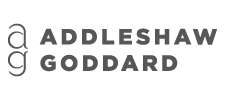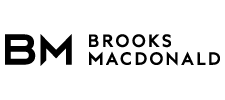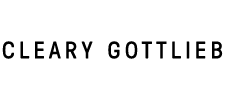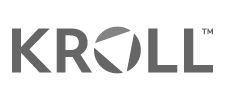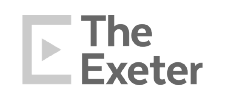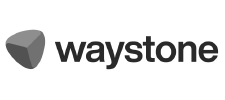October 20, 2025
Stop dumping content: how to use Instagram, YouTube and newsletters properly

Most B2B teams still treat channels like storage: an explainer from 2021 on YouTube, the odd LinkedIn reshare, a newsletter that becomes a content dumping ground. Meanwhile, platforms have moved on. Instagram is leaning into longer-form video and YouTube remains a major discovery engine. Even a simple newsletter still gives you a direct line to the people who care. If you want outcomes, you have to programme these channels, not simply park content on them.
The case for Instagram
Instagram isn’t an obvious B2B social media choice. It’s not where you post whitepapers or case studies, but it’s actually a platform that’s becoming harder to ignore. Joel Harrison at B2B Marketing is actively building an audience there, and his experiment is a useful prompt.
For senior execs, family offices and private businesses, Instagram’s move towards longer-form video creates space for professional content that actually gets watched. It won’t fit every audience, but where personal brand and relationship-building matter, it’s worth testing.
Treat YouTube like a channel, not a library
For many brands, YouTube can an unloved platform or a place where video content is simply dumped – no playlists, no calls to action. Yet, YouTube remains a major discovery engine, and its audience is evolving. The fastest-growing segment is the over-60s, and they’re watching ads all the way through. That’s a real opportunity for trust-led B2B categories such as wealth management, legal and consultancy. Give YouTube the same discipline you would any owned channel: SEO-friendly titles, curated playlists, solid metadata and clear CTAs that turn a view into the next step, not just another item in the archive.
Start the newsletter you keep recommending
Tools like Instagram and YouTube are growing in importance for B2B businesses, but there are other, more traditional tactics that still have a place. We’ve told clients for years to build a direct line to their audience – a newsletter is still one of the simplest ways to do that, without algorithm gatekeeping. It doesn’t need to be glossy; it needs to be consistent. Share what you’re seeing in the market, what’s working, what’s not, and show up regularly. The goal isn’t clicks for the sake of it, it’s to be useful and to stay front of mind.
Borrow habits from the newsroom
Publishing isn’t the finish line. In a newsroom, going live is where the work starts: you test headlines, swap images, track performance and tweak copy in real time. Most corporate teams ship and move on. Adopting a newsroom mindset, treating content as dynamic rather than static, helps you respond to changing context and learn what actually lands. Your brand site doesn’t need to move at the pace of a daily paper, but titles, thumbnails and hooks should be variables, not fixed assets.
Fit the channel to the outcome
The thread that ties all this together is intent. Instagram can humanise leaders and open doors with audiences who live on mobile video. YouTube can host evergreen explainers and client stories that build trust over time. A newsletter can carry your point of view directly to the people who care. None of these will perform if they’re treated as afterthoughts. Programme them. Give each a role, a cadence and a clear next action.
If you’d like help turning your YouTube, Instagram and newsletter from “content storage” into channels that drive outcomes, the Rostrum team can help. Reach us at hello@rostrum.agency
Our insights
Read our insights
Trusted by
exceptional brands

